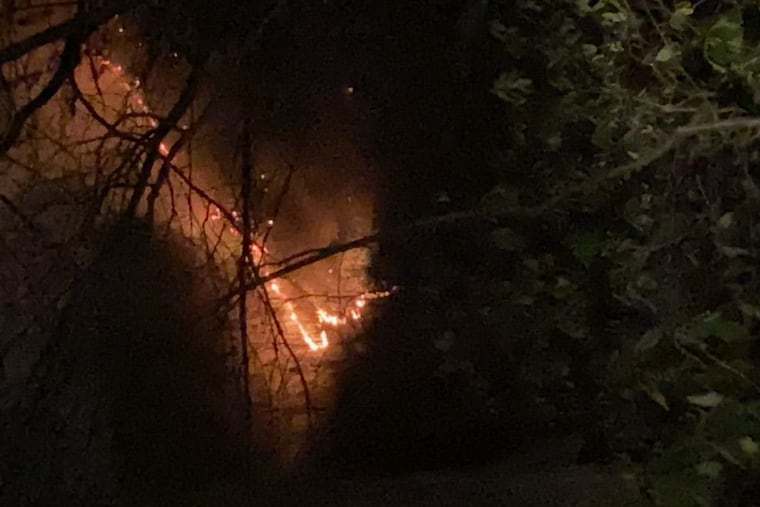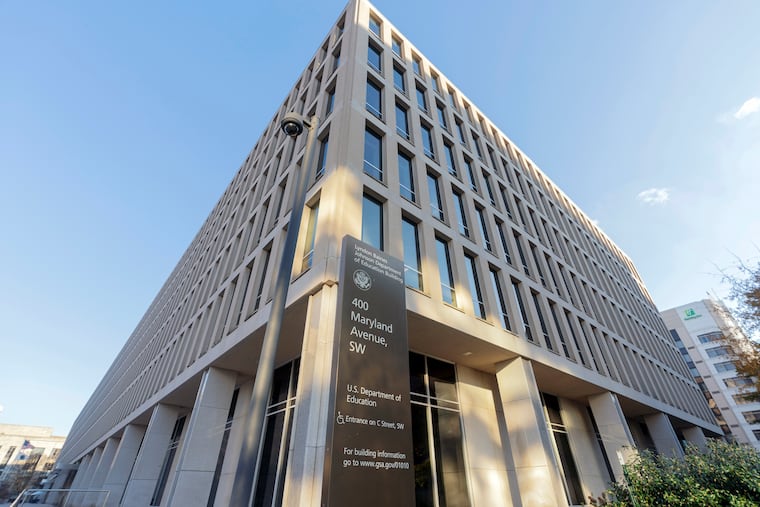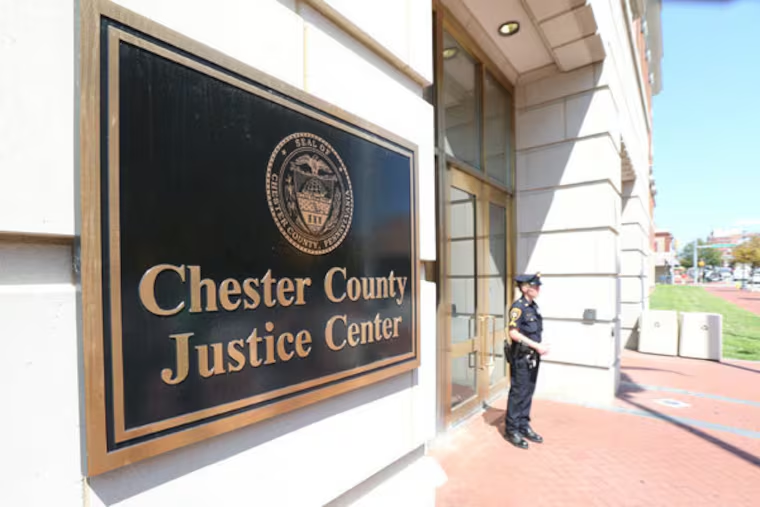Are Pa. school districts paying too much for cyber charter students?
In Pennsylvania, cyber charter schools are funded at the same rate as brick-and-mortar charters. School districts and advocates say that needs to change.

- Has Angelo’s become too big for Bella Vista?
- Eagles quarterback Jalen Hurts officially announces his marriage to Bry Burrows
- The stunning grift of Trump’s inaugural fund | Will Bunch Newsletter
- ‘Phillies Extra’ Q&A: Farm director Luke Murton on Crawford, Painter, a sleeper to watch, and more
- Jim Thorpe wildfire reaches 560 acres
Link copied to clipboard
Adam Taylor, Washington Post
Link copied to clipboard
Christopher Rugaber, Associated Press
Link copied to clipboard
Nicole Winfield and Colleen Barry, Associated Press
Link copied to clipboard
Link copied to clipboard
Link copied to clipboard
Link copied to clipboard
Annie Ma, Associated Press
Link copied to clipboard
Michael Casey and Jocelyn Gecker, Associated Press
Link copied to clipboard
Link copied to clipboard
Link copied to clipboard
Nicole Winfield, Associated Press
Link copied to clipboard
Larry Neumeister, Associated Press
Link copied to clipboard
























